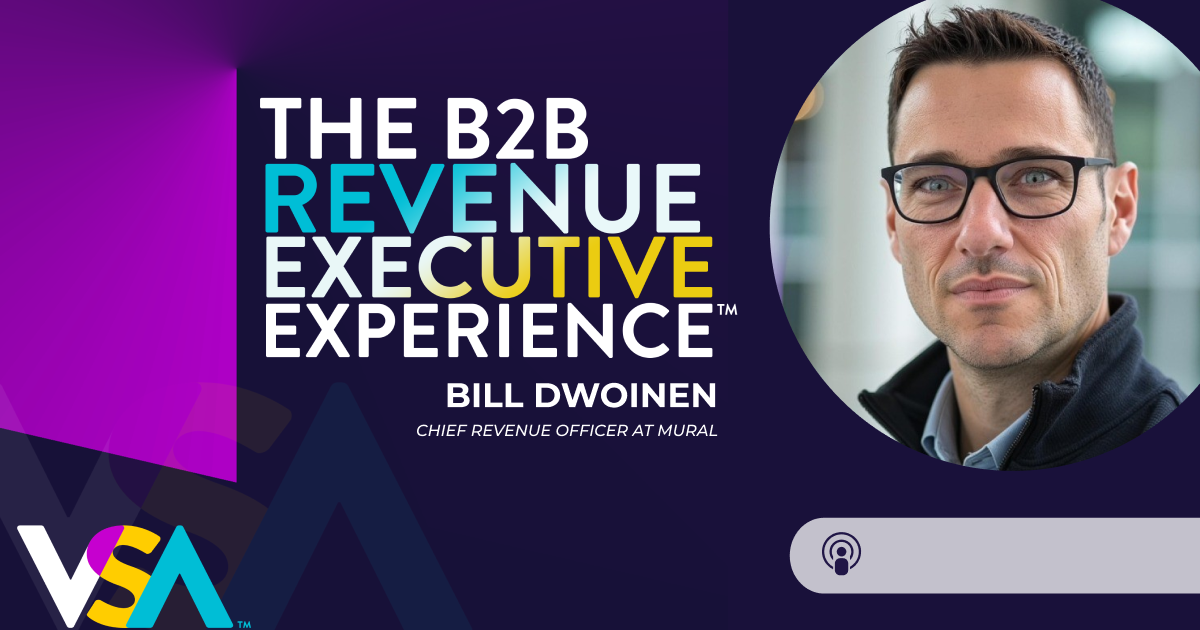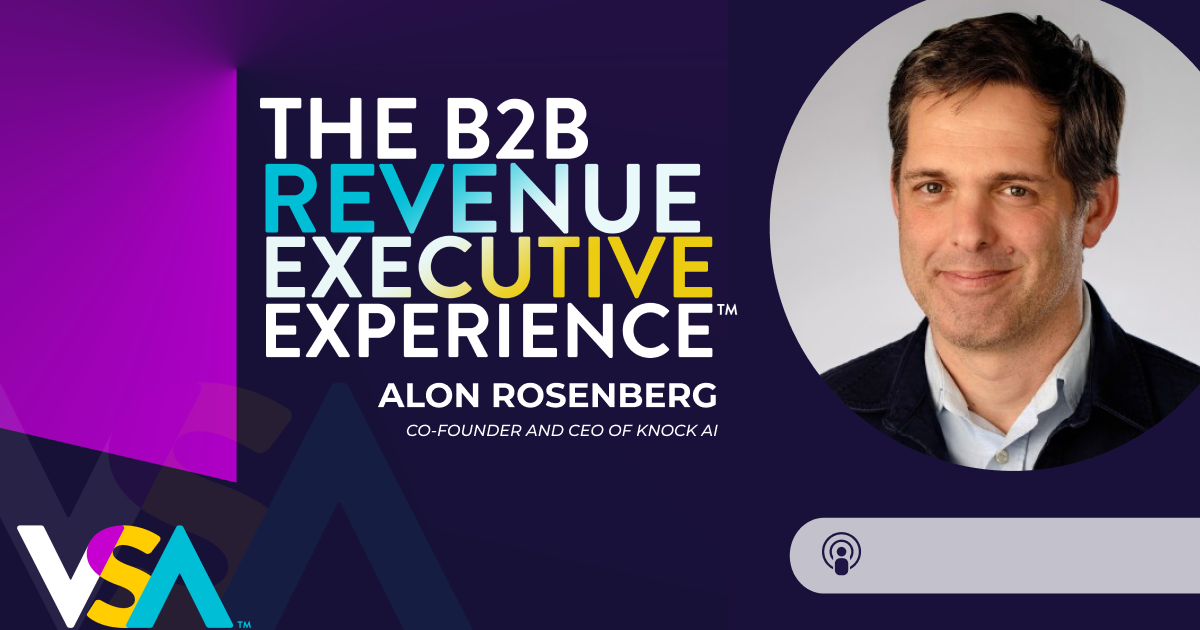How a Good Leader Leads a Purpose-Driven Company

Leadership is a challenge with a diverse generational workforce requiring varying types of motivation and leadership styles.
The reality of leadership is often similar to firefighting. You’re being reactive out of necessity rather than strategically proactive.
The most successful executives and managers demonstrate a diverse skill set and ability to slow things down, and focus on the challenge in front of them while still being able to see around corners.
We explored these topics and others with business transformation leader, Tony Cascio, a Managing Partner at ValueSelling Associates, Inc. and President at Cascio Group.
Mission-Driven Companies
While a company’s financial incentives remain first and foremost, we’re seeing a lot of mission-driven companies now. A culture that respects the mission as much as the bottom-line, provides purpose and lasting value to employees and the clients served.
There are obvious examples like the values espoused by Ben & Jerry’s Ice Cream, but even less high profile companies are becoming mission-driven.
Part of this is a generational shift as Baby Boomers are giving way to Gen X, Millennials, and Gen Z in the workforce. These younger generations want more meaning from their employment.
What Makes a Great Team: Vision
Forming an effective team takes more than just someone declaring himself a leader.
You need a clear vision of what the team is going to accomplish.
When you’re a leader, you spend a lot of time managing and measuring your business. You have a set of metrics, you have data, you’re reporting up, you’re reporting across, you’re building bridges across the organization.
Being a leader means taking the time to coach your team. Unfortunately, most of us don’t invest the time and energy to coach with a real sense of clarity and purpose.
“Great leaders have very clear expectations and they set the right priorities.“
TONY CASCIO,
MANAGING PARTNER, VALUESELLING ASSOCIATES, INC. AND PRESIDENT, CASCIO GROUP
Purpose Metrics
Businesses produce metrics, milestones, and all sorts of data about various aspects of the team’s performance. But if you’re trying to lead a team in a more purposeful direction, what sort of metrics can you apply?
How do you acknowledge people’s progress and success for goals that may not be as tangible as signing a new client?
Cascio believes that you should lead periodic meetings where everyone holds each other accountable for their individual goals as well as the team goal. It is imperative that the team also must hold the leader accountable for their performance, as well.
Did the leader help coach the team enough to achieve the goals? By having that regular accountability, it shows the entire company that the goals are real and not just forgotten words on a press release or mission statement.
By having these accountability meetings, leaders and team members create an inter-dependency. Everyone works together to row in the same direction.
Making Purpose a Priority: Schedule It
Often lofty values-driven goals are enthusiastically agreed to, but wither through inattention.
People often attempt to achieve goals by trying to do the activity in the cracks of their daily lives. The problem is that, in the business world, there are no cracks in people’s days. There are only fires that needed to be put out yesterday. Forget about being proactive about some lofty goal for tomorrow.
You need to schedule the activities that will get yardage on the ball. It has to be a priority as much as any business goal.
Don’t focus on the activity, focus on the outcome.
“You can be really busy and do work, but if it’s not outcome-based and it doesn’t move towards the impact of what you’re trying to accomplish, then it’s hard to really make any sense of it.“
TONY CASCIO,
MANAGING PARTNER, VALUESELLING ASSOCIATES, INC. AND PRESIDENT, CASCIO GROUP
You need to schedule your coaching time as well. Don’t expect coachable moments to magically appear where you can awesomely drop some encouragement and wisdom as a driveby while you rush to the next meeting. Sports coaches don’t work that way and neither should you.
Schedule one-on-one and team coaching sessions. Focus on the outcomes you want people to achieve as individuals and as a team.
“If you don’t keep a coaching cadence in your calendar, it’s perishable. It goes bad, just like a banana.“
TONY CASCIO,
MANAGING PARTNER, VALUESELLING ASSOCIATES, INC. AND PRESIDENT, CASCIO GROUP
Coaching your worst performer can help your entire team.
“If you can take a bottom performer and move them up through coaching, your return on investment is dramatic,” said Cascio. “The compounding effect of bringing a bottom person up in the organization is phenomenal. Not to mention the morale that it’s created on the team when they see people going on that journey.”
If you enjoyed this episode, you can listen to every episode here.
Explore More









